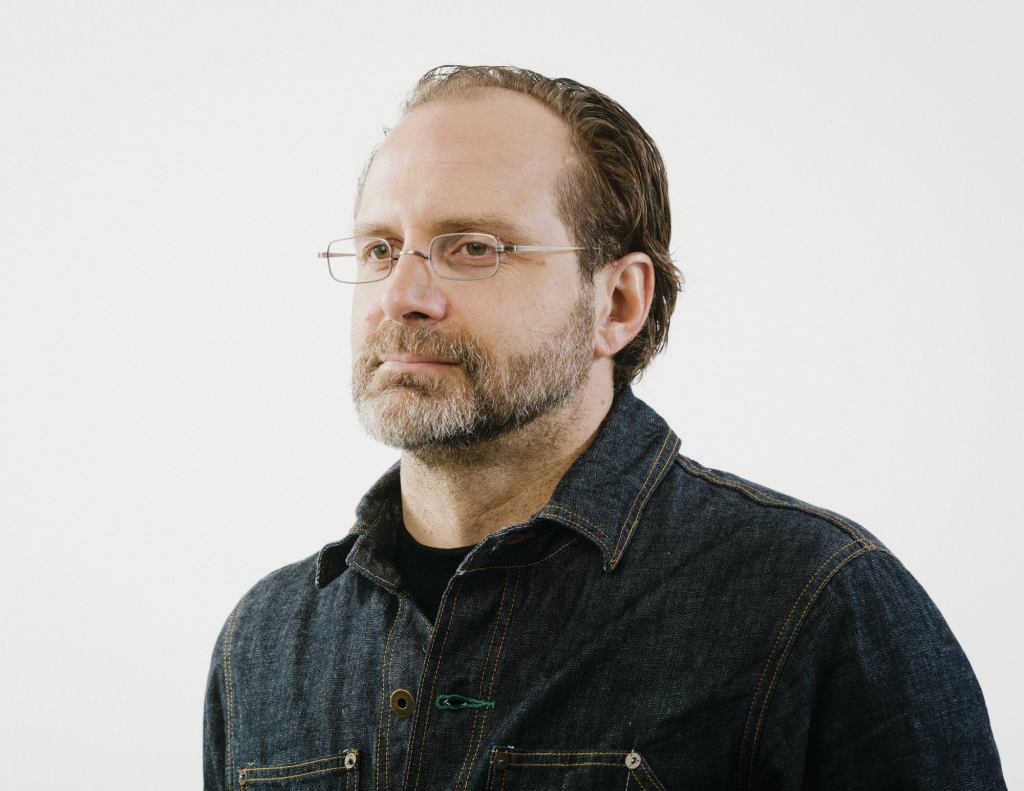For more than a decade, Derek Porter has merged the worlds of practice and academia as both the principal of Derek Porter Studio and director of the MFA lighting design program at the School of Constructed Environments at Parsons The New School of Design. At the root of his intellectual pursuits has always been a fundamental interest in spatial perception. Porter credits lighting designer Bruce Yarnell, his first employer, as an early influence. And then there’s photography. “It allows me to step outside the boundaries of practice and to explore the topic of light and perception in ways that practice doesn’t allow,” he says. This position has helped him reach the next generation of lighting designers, teaching them to see lighting as not just a technical endeavor, but also a humanistic one.
How would you define lighting education?
The technical, aesthetic, and intellectual study of light, space, and human perception. This takes place through different means, including academies and manufacturer training. Both have value, but are different.
What characteristics make a good teacher? A good student?
There’s not a lot of difference between a teacher and a student. They both have to invest a great deal of passion and motivation towards a topic, a curiosity, and then a rigor toward the work that results in an endless pursuit towards questions.
What are the greatest challenges facing lighting education today?
All institutions have logistical challenges that they face relative to budgets, recruiting, admissions, etc. The larger challenge is how to teach design innovation amidst these conditions.
Is there a need for more critical dialogue and discussion in architectural lighting design?
Yes, absolutely. By and large, architectural lighting design is taught as a technical trade. That’s fine in some arenas, but it shouldn’t be the only way to teach. We need more institutions that adopt a greater intellectual approach to creative study.
How are changes in the profession reflected in how lighting is studied and taught?
Seminal changes with technology, media applications, controls, and regulations require constant recalibration to our teaching. But there are also aspects of light relative to spatial geometry, physics, and human perspective that are fundamental and unchanged. We have to focus on those core fundamentals. •
What are the legacies that are important to maintain at Parsons?
Parsons is looking long term at the trajectory of the industry, growing intellectual capacity for the industry, and experimenting with how that can happen within the academy.
Is there a text that has had an impact on your thinking about light?
Steven Holl’s Anchoring, Bernard Tschumi’s Event-Cities 3, Peter Zumthor’s Thinking Architecture, and Juhani Pallasmaa’s writings. These are all architects that are thinking beyond their discipline, thinking about human perceptual relationships, and the dynamic aspects of architecture, space, light, etc.
What are your thoughts on the development of a core lighting curriculum?
I think it’s a good idea, with the understanding that it’s focused on learning objectives and core issues relative to light. It should not be at all prescriptive.
Is there enough support for education from within the lighting community?
I think there definitely is more need. What that is and how that’s executed, I don’t know. The International Association of Lighting Designers Education Trust and the Nuckolls Fund for Lighting Education do a lot. It’s good to have two organizations like that, that have clout and respect in the industry and funding that funnels through them. But those two organizations do have very particular interests and guidelines for how they offer support and certain kinds of initiatives that they are primarily interested in funding. There are gaps that need to be filled. It’s complicated; there’s no simple answer.
Should there be some sort of formal organization for lighting educators?
There has been discussion for a couple of years now about this. It’s not clear where the discussion is heading but there’s a common interest, or intrigue at least, with the notion that such an organizational focus on academics could be beneficial. Academia serves a very different need than professional organizations, which are largely serving the marketing interest of the industry. The big question with initiating a new organization of lighting educators has to do with logistics, funding, and management needs.
What advice would you give a young lighting designer?
Retain a curiosity towards your work; it’s fundamental to creative minds. If you are always positioning yourself and your work in such a way, you will always be motivated to grow and to learn something new.
“In education, it’s easy to default to preparatory training for employment. But as an academy aspiring to make a difference, we want to grow intellectual capacity through a body of work that represents the philosophical belief of the lighting design industry. That’s a big feat we all have to face if we’re going to be serious about industry growth and be fully recognized as a profession.”
— Derek Porter, director of the MFA lighting design program at the School of Constructed Environments at Parsons The New School for Design
